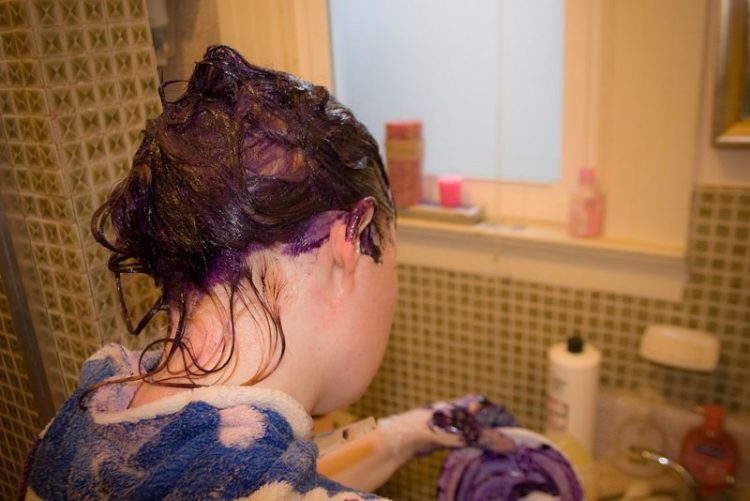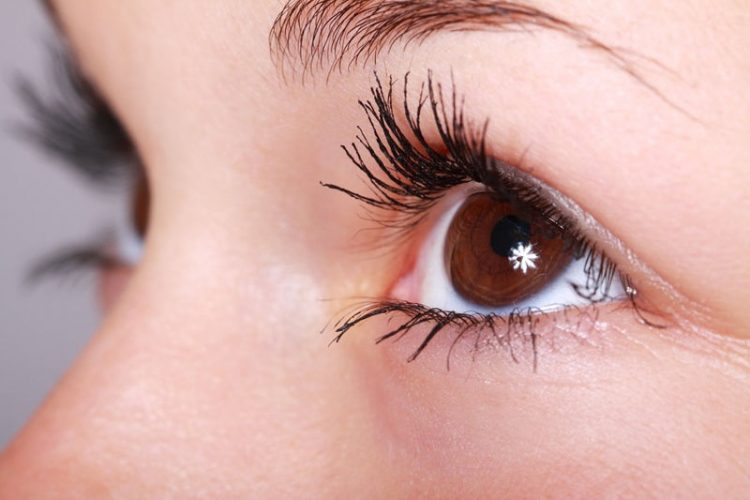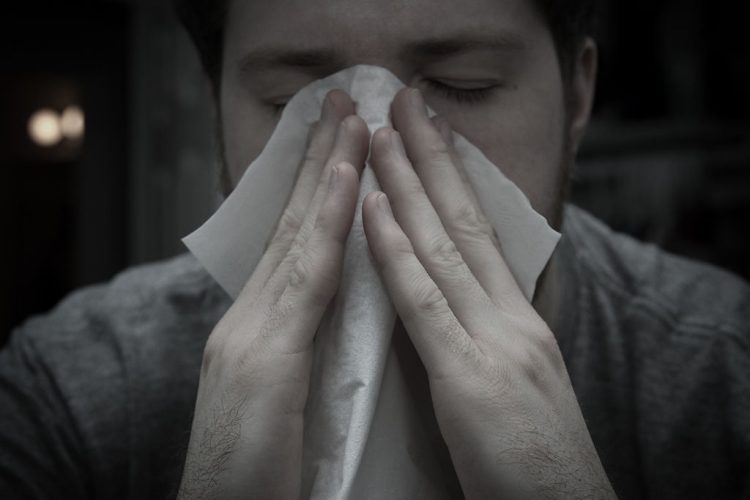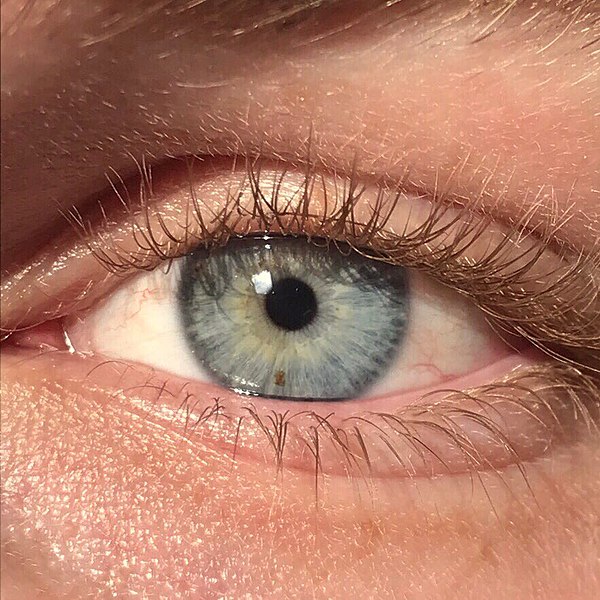Indian Girl Has Ants Pulled From Her Eyes Every Day And No One Knows How They Get There

An 11-year-old girl from Belthangady, India, recently made news headlines for having around 60 dead ants pulled from her eyes. As for how the insects got there, some doctors suggest they entered her body through the ears. Last week, the girl, known only as Ashwini, started complaining of severe pain in her eyes. She told her […]
Woman Suffers Liver Damage From Dyeing Her Hair Every Month for 10 Years

A middle-aged woman from Harbin, China, was recently diagnosed with chemical cirrhosis that seemed to have been caused by her long-time habit of dyeing her hair every month. Referred to only as Mrs. Chen by Chinese media, the 50-something woman allegedly started spotting white hairs on her scalp when she was in her 30s. There […]
Australian Teen Left Quadriplegic After Swallowing Garden Snail as a Dare

Sam Ballard, an aspiring rugby player from Sydney, Australia, never imagined that a silly thing like swallowing a garden snail at a party would end up ruining his life and leave him quadriplegic. Sam’s life took a devastating turn in 2010. He was at a friend’s party drinking red wine, when someone brought out a […]
Scientists Develop Eye-Drops That Could Repair Eye Damage, Make Glasses Unnecessary

Scientists at Bar-Ilan University’s Institute of Nanotechnology and Advanced Materials, in Tel Aviv, Israel, claim to have created some truly revolutionary eye-drops that can heal damaged corneas and improve vision. Described as “a new concept for correcting refractory problems”, the nanodrops developed by ophthalmologist Dr. David Smadja and a team of scientists from Shaare Zedek Medical Center and Bar-Ilan […]
Arizona Woman Goes to Bed with Bad Headaches, Wakes Up Speaking in Different Accents

45-year-old Michelle Myers, from Phoenix, Arizona, suffers from Foreign Accent Syndrome, a very rare condition that causes her to speak in various foreign accents – British, Australian, Irish – despite having never traveled outside of the United States. Myers was diagnosed with the unusual condition in 2015, when, after going to bed with a pounding headache, […]
German Schools Use Sand-Filled Vests to Calm Down Hyperactive Children

200 schools in Germany have begun asking hyperactive children, typically those with attention deficit hyperactivity disorder (ADHD), to wear heavy sand-filled vests to calm them down and keep them in their seats during classes. The controversial vests, which weigh between 1.2 and six kilograms (2.7 – 13Ib), have sparked misgivings among parents and psychiatrists. There […]
Man Ruptures His Throat by Stifling Strong Sneeze

In a report released on Tuesday, the journal BMJ Case Reports detailed the bizarre and somewhat frightening case of a 34-year-old British man who ruptured his throat by suppressing a particularly powerful sneeze. The man, described as “previously fit and well” attempted to politely contain his sneeze by “pinching the nose and holding his mouth […]
The Strange Case of a Family That Doesn’t Feel Pain

An entire Italian family suffer from a strange genetic mutation that makes them almost completely immune to pain. The condition is so rare that scientists have named it ‘The Marsili Syndrome’, after the family. Letizia Marsili, 52, became aware of her immunity to pain in early childhood when she didn’t experience any particular sensation from […]
Twisted Mother Put Healthy Son through 323 Hospital Visits and 13 Surgeries for No Reason

We’re constantly told that parents know best and always act in the interests of their children. Except when they don’t, like Kaylene Bowen-Wright from Dallas, Texas, who subjected her son to 323 hospital visits and 13 major operations by convincing doctors that he was terminally ill. Now aged 8, Christopher has basically spent his whole […]
German Man Needs to Drink 20 Liters of Water Per Day to Stay Alive

German architect Marc Wübbenhorst has to drink at least 20 liters of water a day or risk dying from dehydration. The 35-year-old suffers from the rare metabolic disease Diabetes insipidus, which causes intense thirst and the frequent excretion of large amounts of diluted urine. If Wübbenhorst stops drinking water, his body starts to dry out, […]
New Laser Surgery Lets You Change Eye Color from Brown to Blue in Only 20 Seconds

Blue eyes have historically been a significant measure of attractiveness, and although they’re commonly found among actors and models, only 17% of the global population has them. For the majority of people, approximately 80% of the population, blue eyes have been attainable only with the aid of colored contact lenses or artificial iris implants. But […]
Snowflake, Arizona – A Desert Refuge for People Allergic to Modern Life

A tiny off-grid community in Snowflake, Arizona has become a refuge for people suffering from multiple chemical sensitivity (MCS). Often referred to as Environmental Illness, (EI), the condition is a chronic disorder in which exposure to everyday chemicals and technology causes symptoms of varying intensity. Some of the symptoms of MCS are merely annoying and […]
Rare Condition Causes Man to Hear England’s National Anthem Playing in His Head on a Loop

An 87-year-old British pensioner has developed an oddly patriotic condition in which he hears an auditory hallucination of England’s national anthem playing in his head on a loop. Ron Goldspink of Bilton hopes to meet Queen Elizabeth when she visits his town next month to tell her that he has heard the anthem even more […]
This Boy Slept for 11 Days Straight and Doctors Have No Idea Why

7-year-old Wyatt Shaw, a 7-year-old boy from Elizabethtown, Kentucky, recently woke up from an 11-day slumber that left doctors scratching their heads. When he finally woke up, the second-grader had trouble speaking and moving around, but has since made good progress and is expected to make a full recovery. After attending his aunt’s wedding and being […]
Chinese University Requires Students to Lose Weight in Order to Receive Full Grades

In an attempt to tackle obesity on its campus, a university in Jiangsu, China, is offering overweight students the chance to enroll in a special weight-loss program, where they will receive their grades based on how much weight they shed and on how well they do in class. Zhou Quanfu, a lecturer at the Nanjing Agriculture University, […]
